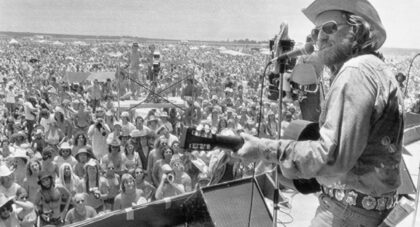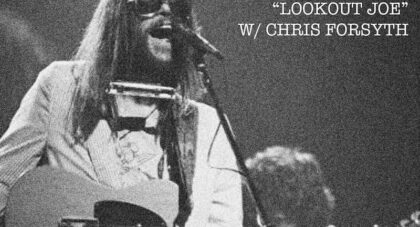We recently caught up with Spencer Zahn whose new album, Pale Horizon, dropped last week via Cascine. A multi-instrumentalist whose varied output touches on jazz and piano-based works, for this installment of Diversions Zahn dives deep into the works of fellow traveler, Keith Jarrett . . .
Only the good shit. Aquarium Drunkard is powered by its patrons. Keep the servers humming and help us continue doing it by pledging your support.
To continue reading, become a member or log in.


